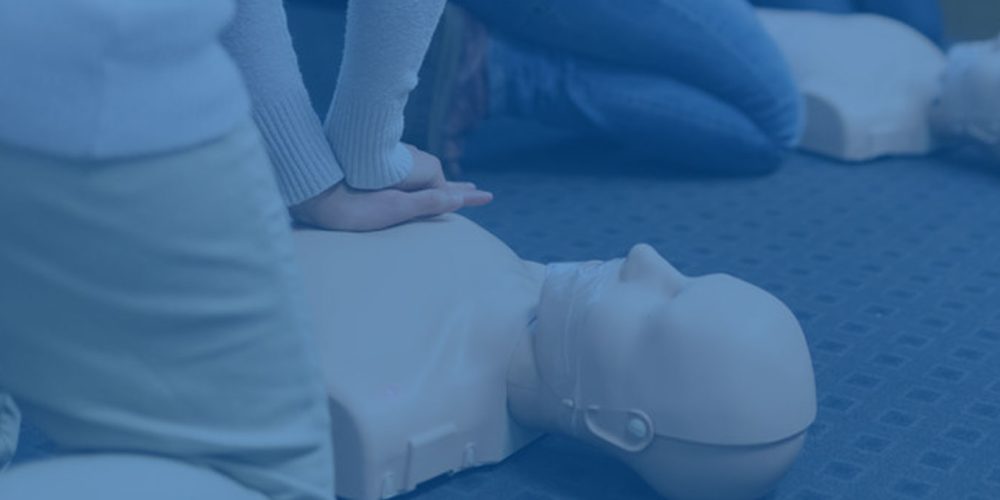
Up until I discovered trail running about six months ago, I hated running. Of course, going downhill around roots and rocks increases your chances of tripping (especially when you start getting jelly legs near the end of a run), but I love the challenge that this kind of intense concentration requires.
Whether you run on pavement or far from civilization, here are a few first aid tips to keep you safe.
1. Keep hydrated
Headaches, dizziness and cramps are all signs of dehydration. Pre-hydrate! Make sure to drink lots of water before you start your run. This can include the night before, or the hours leading up to your run. Sports drinks are highly recommended to replace the salts you lose while exercising, but you can also bring electrolyte tablets and add them to your water if needed.
2. Avoid overheating
If you are too hot, have a headache or are feeling nauseous, dizzy or weak, immediately take a break in a cool, shady spot. Apply damp cloths/napkins or ice on your skin and hydrate yourself slowly.
3. Stretch
Cramps can occur during a strenuous run and are often due to an excessive loss of fluids and salts. Stretching relaxes the muscles and accelerates the disposal of waste products in the muscles.
4. Don’t leave with empty pockets
Running on uneven ground increases the likelihood of sprains and strains. We recommend carrying a small instant ice pack in your mini first aid kit or bringing some money so you can buy a bag of ice or frozen peas. Your cellphone can also be a lifesaver, especially if you are hitting the trails alone.
5. Know your surroundings and tell someone where you are going
This tip is primarily intended for those who enjoy heading out into the woods. It’s important to know your surroundings. For example, are there animals in the area? If so, tie a small bell to your bag or shoes.
Of course, it’s always best to avoid running alone; but if you’re going solo, don’t forget to tell a friend or relative where you are going and when you expect to be back.
6. Don’t forget some small bandages
Cuts, scraps and blisters happen. If you are suffering from an unfortunate blister, don’t pop it — it could get infected. If you are planning to go on a long run, bring some cushioned bandages that are specially designed for blisters.
7. Diabetics should have chewable candy (and everyone else, too)
People with diabetes are more likely to experience low blood sugar, while exercising. If this occurs during a run, give them something sugary to eat or drink. Jujubes can do the trick quite nicely!
8. Know what to do in the event of a heart attack
Whether it’s during a run or in your everyday life, it’s always a good idea to be prepared to respond to a heart attack. Here is a video to refresh your memory.
Come walk, bike or run with your family for a good cause!
Reference : RED CROSS CANADA


